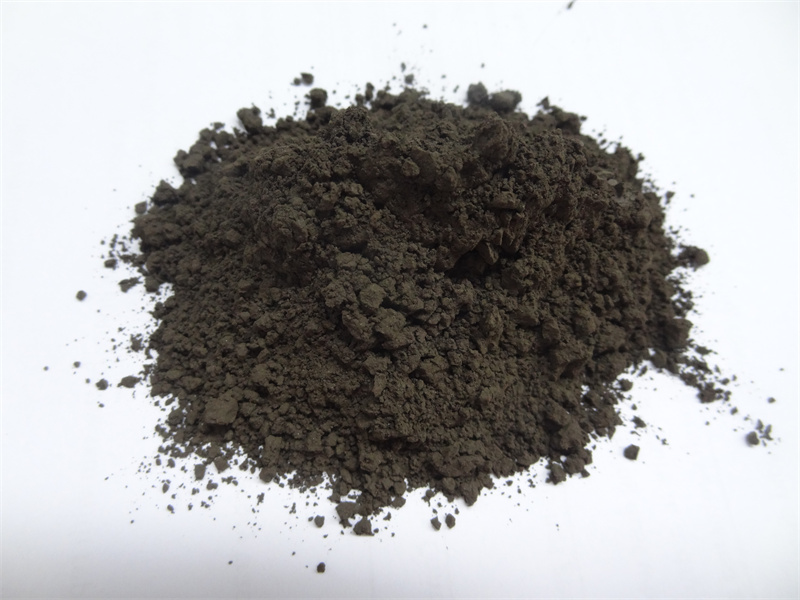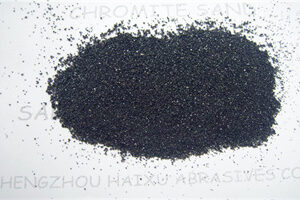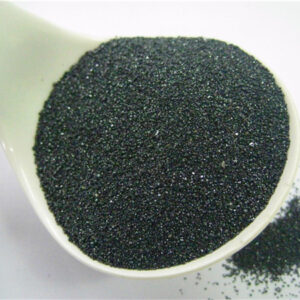Application of iron chromite flour in glass pigments

Analysis of the application of iron chromite flour in glass pigments
I. Coloring principle
Chemical action
The chromium element (mainly Cr₂O₃) in iron chromite flour reacts with glass components during high-temperature melting, and the Cr³⁺ ions selectively absorb specific wavelengths in visible light, making the glass appear green or yellow-green.
The oxidation state of chromium determines the color difference: Cr³⁺ appears green, while Cr⁶⁺ appears yellow.
Performance advantages
It has excellent thermal stability and chemical inertness, can resist ultraviolet penetration, and extend the shelf life of glass products.
2. Application scenarios
Container glass
Beer bottles, wine bottles, soda bottles: Use green glass to block ultraviolet rays and protect the contents from photooxidation and deterioration.
Medicinal glass containers: The stability of the contents needs to be maintained, and chromium-containing pigments are often used.
Decorative and architectural glass
Used for artworks, utensils, curtain walls and windows, etc., to meet aesthetic and functional needs.
Optical glass
Manufacturing optical equipment such as filters, using the specific spectral absorption characteristics of chromium.
3. Technical parameters
Chromium content: The commonly used Cr₂O₃ content ranges from 40% to 52%, and different proportions affect the depth of color.
Particle size requirements:
Basic sizes: 200 mesh, 325 mesh, 400 mesh (corresponding to particle size 70-40 microns), suitable for conventional coloring processes.
Ultrafine sizes: 600 mesh, 800 mesh, 1000 mesh, 2000 mesh, 2500 mesh, used for special glass with high uniformity requirements.
4. Supporting process
Melting temperature: It needs to be controlled at 1400-1600℃ to ensure that the chromium oxide is fully melted and evenly dispersed in the glass matrix.
Packing specifications: Commonly 25kg/bag or ton bag, convenient for industrial production and transportation.
Through the above applications, iron chromite flour plays an irreplaceable role in improving the functionality (such as UV protection) and decorative properties (such as color diversity) of glass.




















